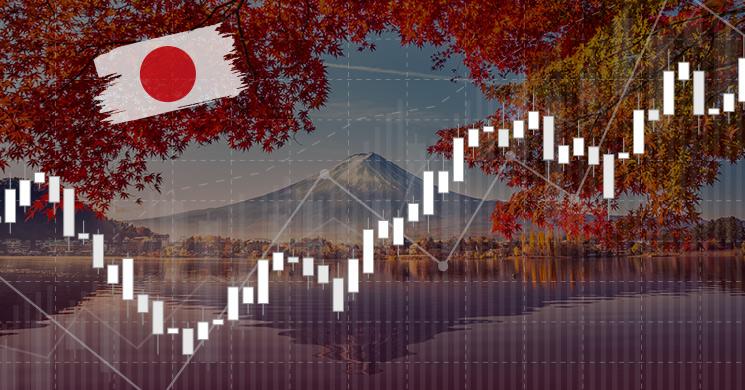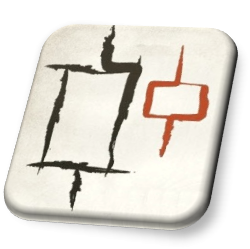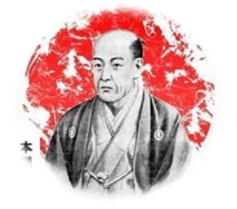The history of Japanese Technical Analysis


By Gary Wagner Aug. 31, 2020
 The fundamental theory and concepts behind Japanese Candlesticks and their patterns were conceived over three hundred years ago by a Japanese rice trader named Sokyu Honma (1716 -1803). Sokyu lived in Sakata, Japan and was also known as Sokyu Honma and Munehisa Homma.
The fundamental theory and concepts behind Japanese Candlesticks and their patterns were conceived over three hundred years ago by a Japanese rice trader named Sokyu Honma (1716 -1803). Sokyu lived in Sakata, Japan and was also known as Sokyu Honma and Munehisa Homma.

Sokyu Homma
1716 – 1803
Figure 1
At this time the most important and precious commodity was rice. In fact, the samurai warriors of his day were paid in rice. After extensive studies of the price movements of commodities, including rice, along with his studies of weather and seasonal tendencies, he began to identify traits and patterns from these observations. He then made deductions based upon his studies. The results of his work enabled him to produce a very viable trading strategy. It was from that the method he created and used made him a very wealthy man.

Figure 2 – Fountain of Gold - Three Monkey record, from which this image first appeared. Before it took on its current meaning it spoke about how a trader should act. Hear no evil says to not listen to what other traders do. Speak no evil says to tell no one about your position. See no evil says to not listen or watch economic reports.
He named his newly developed technique the Sakata Five. Sakata for the city in which he lived and five to reference the five pattern groups. In fact, he developed a fearsome reputation as the most accurate trader in Japan. This the result of using and exploiting his enhanced knowledge of the rice markets, and candlestick strategies. It was rumored that he made 100 consecutive profitable trades. His success was so great that he achieved the rank of honorary Samurai, as well as attaining the government rank of financial advisor. At first his methods of trading were kept a secret as they were passed down when he compiled a book in 1755 called the ‘Fountain of Gold – the Three Monkey Record of Money’. This book detailed his findings and observations of market sentiment.

Figure 1 From Sakata Tourism PORT of SAKATA
According to Seki Shimizu, “the method of looking at rice market price movements to predict the following days movements … was first thought up by a man by the name of Sokyu Honma and was called the Sakata Constitution”.
The port of Sakata was the primary distribution for the one of the most important commodities in Japan; rice. Homma carefully studied the rice market and began to notice tendencies and patterns.
This method was divided into two groups called the “Markets Sanmi No Den” and “Sakata strategies”.
The markets Sanmi no den contained a set of rules for actions to take based upon different market scenarios. His original method predated the Japanese candlestick charts however he later created the candlestick chart and applied his patterns to them.
Listed below are his trading rules which he called the " Markets Sanmi No Den" They are predetermined guidelines to increase the probability of profits on his trades. They are an integral part of Sakata's five methods; Honma used these strategies with all the other candlestick signals in deciding when to trade.
- Without being greedy, think about time in price ratio by looking at past price movements.
- Aim at selling at the ceiling by buying at the bottom.
- one should increase one’s position after a rise of 100 bags - this was because at that time the price of rice was fixed, it was the quantity that moved up and down according to market conditions. 100 bags were equal to about ¥1000.
- If one forecasts incorrectly, one should try and pick up the mistake as soon as possible. Once a mistake is known, one should liquidate one’s position and rest aside for 40 days.
- One should liquidate 70 to 80% is profitable positions, liquidating the remainder in changing direction once the price is reached it ceiling the bottom.
市場について市場に相談する - Consult the Market About the Market
Sokyu Homnma methods and techniques are one of the earliest known forms of using technical analysis and patterns identification for trading. From his work came the following say,’ consult the market about the market. Which according to Shimizu means “when observing the market, one should pay attention in the market movements itself rather than looking at current international affairs and economic policies. One has to follow market direction like the cat that wishes to catch the mouse. As the chart is a recording of market prices in picture form, out of the various ways of consulting the market, the chart has to be the most accurate.”
Various patterns with different meanings comprise the Japanese candlestick technique. Before signals can be identified properly, therefore, both single-candle and multi-candle patterns must be identified and analyzed in relation to each another.

Figure 2 - Honma Museum, Seienkaku Villa and Kakubuen Gardens | Sakata | The HiddenJapan.com